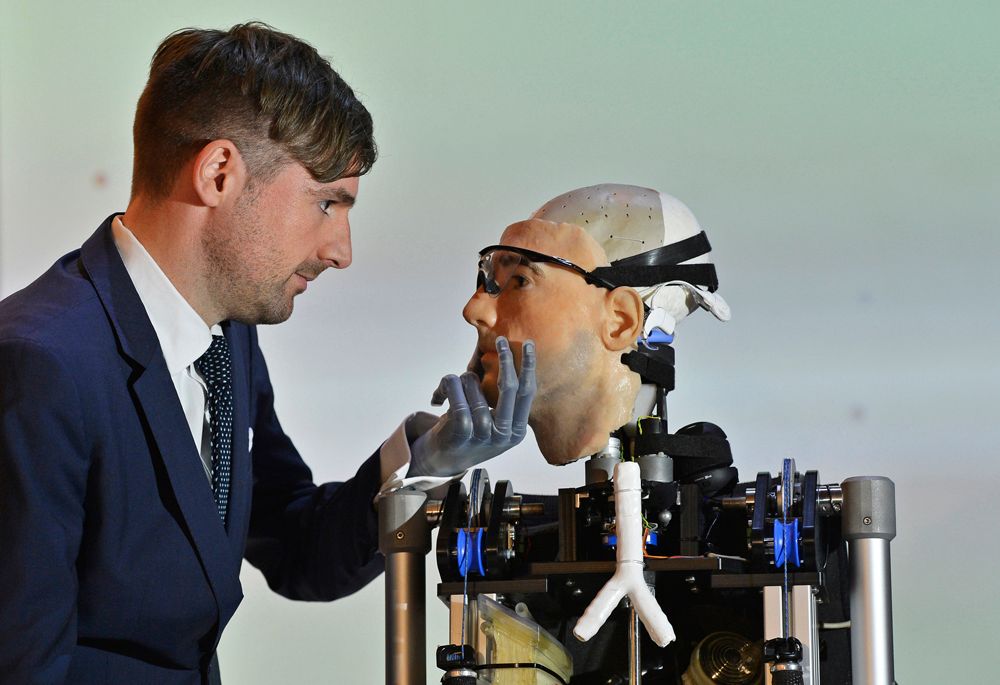Photo: Toby Melville/ Reuters
▲
▲
▲
▲
▲
▲
[clickimagelink_new]https://spectrum.ieee.org/slideshow/geek-life/tools-toys/icandy-bridges-beams-and-bots-in-bands[/clickimagelink_new]
▲
naki’oicandytools & toysgeek lifetype:slideshowjason kogeri-limbbertolt mayertouch bionicstools and toys
Willie Jones is an associate editor at IEEE Spectrum. In addition to editing and planning daily coverage, he manages several of Spectrum's newsletters and contributes regularly to the monthly Big Picture section that appears in the print edition.
